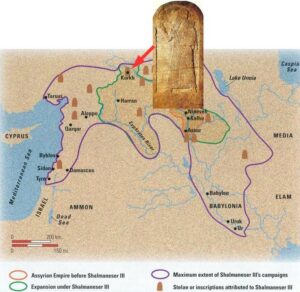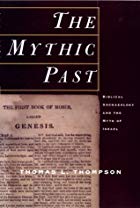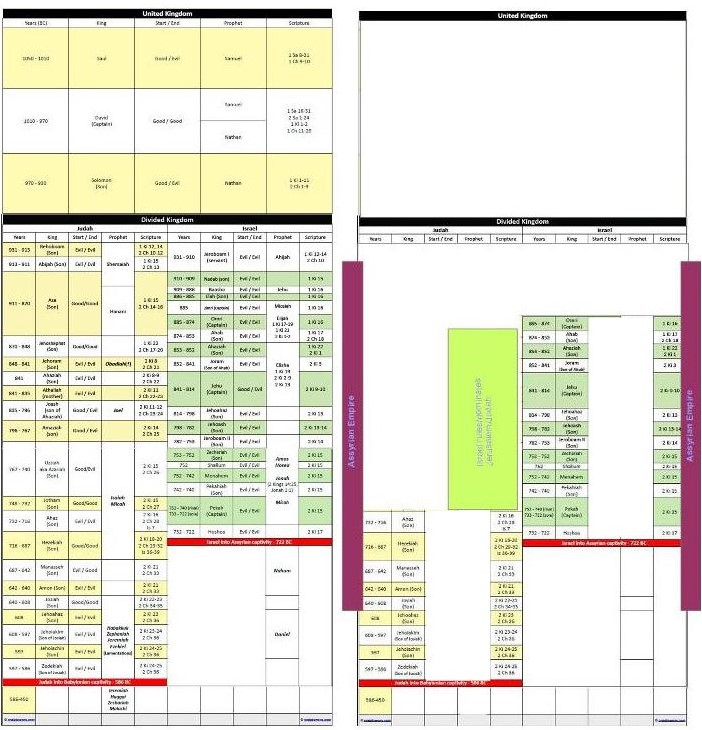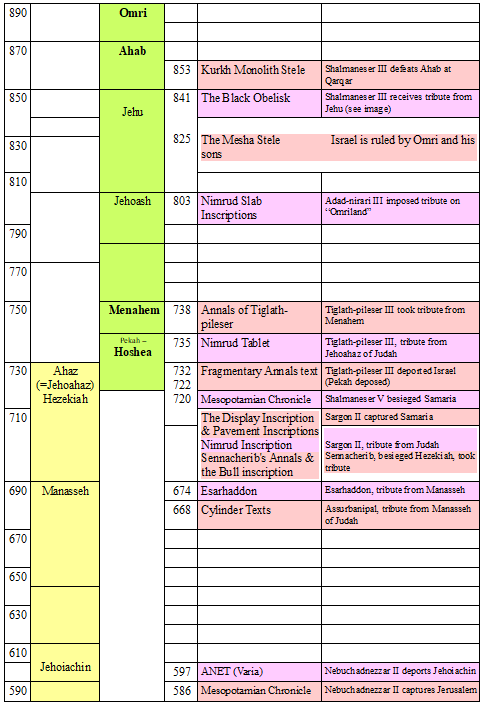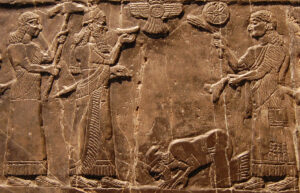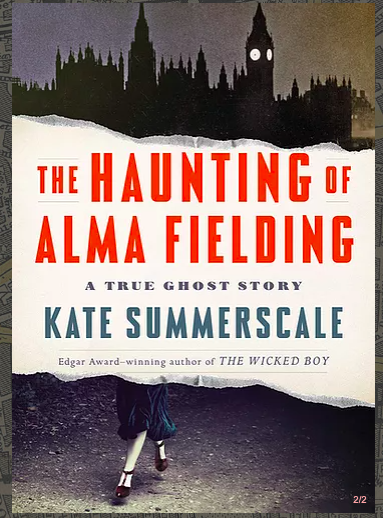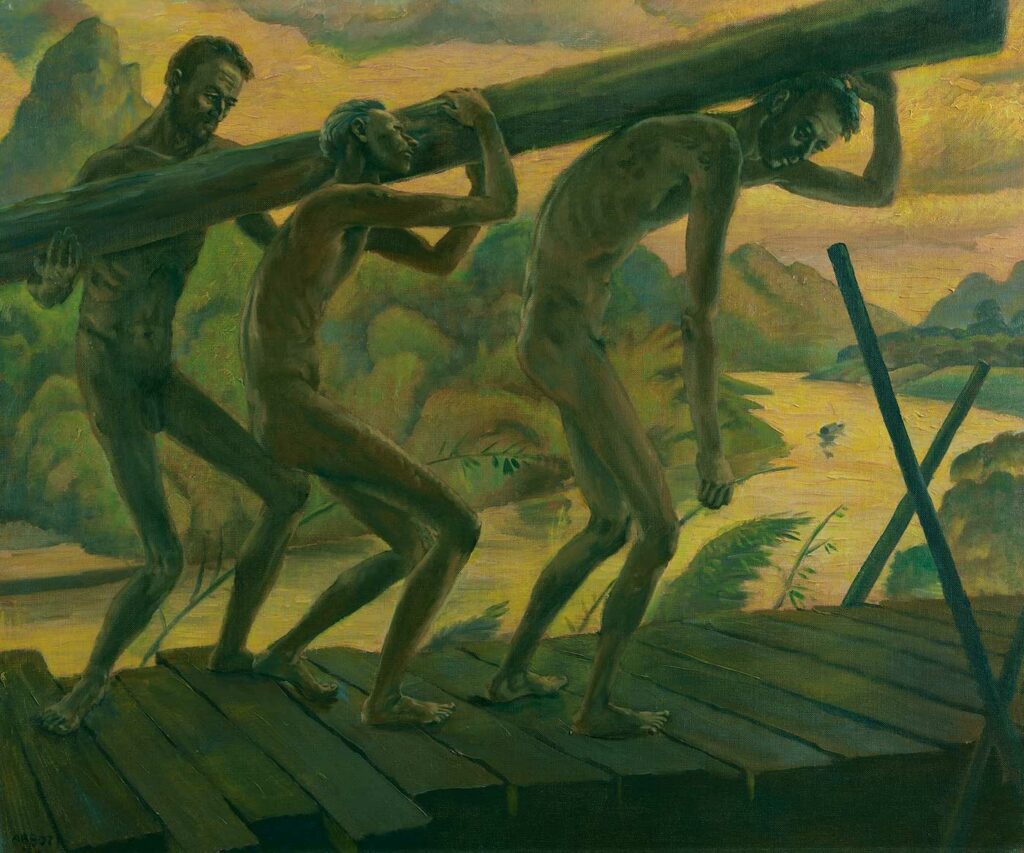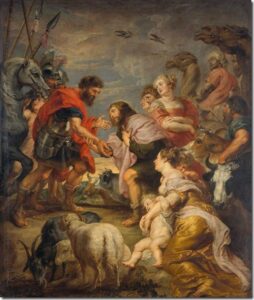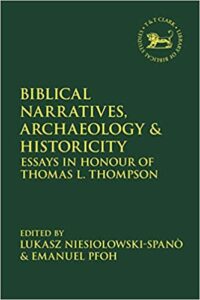 Here we [begin to] conclude our overview of Russell Gmirkin’s chapter ‘Solomon’ (Shalmaneser III) and the Emergence of Judah as an Independent Kingdom by addressing his view that the Acts of Solomon that we read about in 1 Kings were sourced from records of the Assyrian king Shalmaneser. For context see the previous two posts:
Here we [begin to] conclude our overview of Russell Gmirkin’s chapter ‘Solomon’ (Shalmaneser III) and the Emergence of Judah as an Independent Kingdom by addressing his view that the Acts of Solomon that we read about in 1 Kings were sourced from records of the Assyrian king Shalmaneser. For context see the previous two posts:
In 1 Kings 11:41 we read a passage that indicates that the author was drawing on a written chronicle of Solomon’s deeds that he had been covering since chapter 3:
As for the other events of Solomon’s reign—all he did and the wisdom he displayed—are they not written in the book of the annals of Solomon? (NIV)
(The passage says “other events” and I had always assumed that such passages in 1-2 Kings directed readers to information that was not covered in the biblical narrative. Here the annals/acts are interpreted as a source for the biblical narrative itself.)
Gmirkin informs us that “the identity of Solomon and Shalmaneser III was first suggested by [another scholar whose work we have featured on Vridar] Greg Doudna in private conversation c. 2000.”
Few critical readers of the Bible believe that Solomon’s kingdom stretched from the Euphrates river to Egypt yet that is what we read in 1 Kings 4:21
And Solomon ruled over all the kingdoms from the Euphrates River to the land of the Philistines, as far as the border of Egypt. These countries brought tribute and were Solomon’s subjects all his life.
The Assyrian empire did rule “from the Euphrates” (Assyrian monarchs spoke of the Euphrates as the border of their kingdom beyond which their eastern empire stretched) to Egypt at its greatest extent in the seventh century BCE. (Shalmaneser III was of the ninth century BCE.)
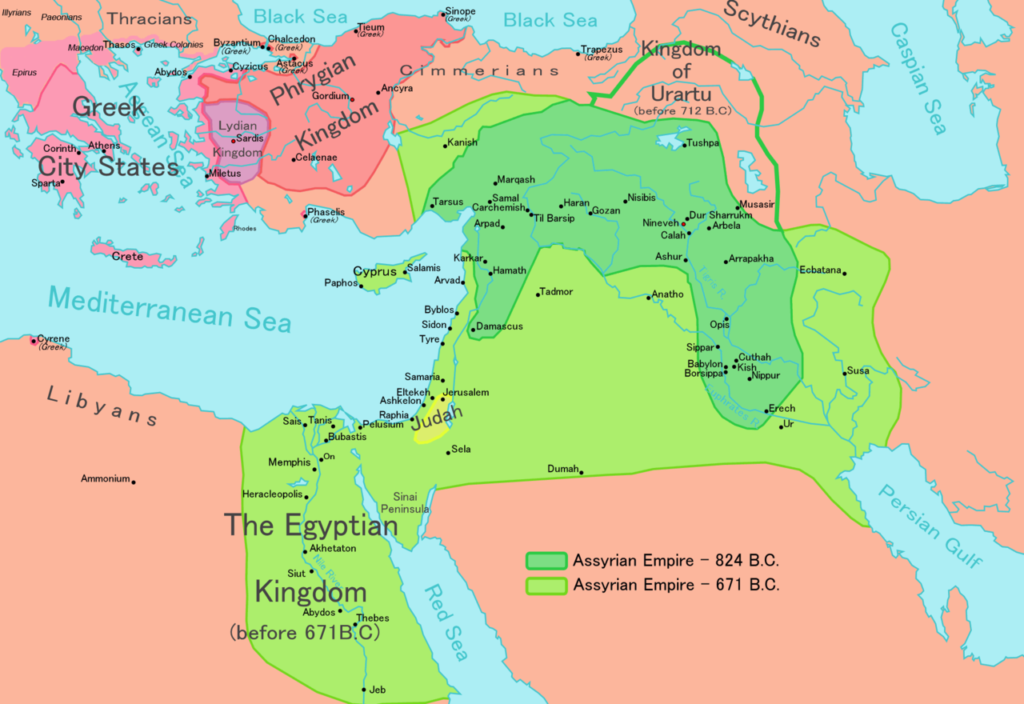
Gmirkin posits three literary strata in 1 Kings 3-11 and writes that the oldest of these that “[describes] campaigns and empire-building in the vicinity of the Euphrates river” is very similar to the genre of Assyrian inscriptions, listing the great deeds of a single king and publishing them in his lifetime. Readers will have questions and so do I and I am sure Russell will help us with responses. My first question is to ask what details in the first stratum of 1 Kings 3-11 suggest “campaigns and empire-building [specifically] in the vicinity of the Euphrates river”?
Below is a table enabling a quick comparison of that “oldest strata” as identified by Gmirkin in I Kings 3-11 and a selection of some portions I have pulled out of royal inscriptions of Shalmaneser III:
| 1 Kings 4:26 Solomon had four thousand stalls for chariot horses, and twelve thousand horses.
27 The district governors, each in his month, supplied provisions for King Solomon and all who came to the king’s table. They saw to it that nothing was lacking. 28 They also brought to the proper place their quotas of barley and straw for the chariot horses and the other horses. 1 Kings 5:13 King Solomon conscripted laborers from all Israel—thirty thousand men. 14 He sent them off to Lebanon in shifts of ten thousand a month, so that they spent one month in Lebanon and two months at home. Adoniram was in charge of the forced labor. 15 Solomon had seventy thousand carriers and eighty thousand stonecutters in the hills, 16 as well as thirty-three hundred foremen who supervised the project and directed the workers. 17 At the king’s command they removed from the quarry large blocks of high-grade stone to provide a foundation of dressed stone for the temple. 18 The craftsmen of Solomon and Hiram and workers from Byblos cut and prepared the timber and stone for the building of the temple. |
From the Kurkh monolith: From of the Hattinites, I received 3 talents of gold, 100 talents of silver, 300 talents of copper, 300 talents of iron, 1,000 copper vessels, 1,000 brightly colored garments (of wool) and linen, his daughter with her large dowry, 20 talents of purple wool, 500 cattle, 5,000 sheep. One talent of silver, 2 talents of purple wool, 200 cedar logs, I imposed upon him as his tribute. Yearly I received it in my city Assur. Haianu, son of Gabbari, (who lived) at the foot of Mount Amanus,—10 talents of silver, 90 talents of copper, 30 talents of iron, 300 brightly colored garments of wool and linen, 300 cattle, 3,000 sheep, 200 cedar logs, 2 homers of cedar resin (lit., blood of the cedar), his daughter with her rich dowry, I received from him. 10 minas of silver, 100 cedar logs, a homer of cedar resin, I laid upon him as his tribute; yearly I received it. Aramu, son of Agusi,—10 minas of gold, 6 talents of silver, 500 cattle, 5,000 sheep, I received from him. Sangara, of Carchemish,—3 talents of gold, 70 talents of silver, 30 talents of copper, 100 talents of iron, 20 talents of purple wool, 500 weapons, his daughter, with dowry, and 100 daughters of his nobles, . . . . |
Both Solomon and Shalmaneser collected tribute –horses, chariots, harems, gold, silver, etc.
Gmirkin further points out that the “acts of Solomon” in 1 Kings 3-11 contain “many political references anachronistic prior to c. 840 BCE.” My question: What are some of these anachronisms? (Maybe they are mentioned later in the chapter but if so they have slipped while preparing this post.)
Continuing with a section of that “oldest stratum” is a suggestive common clustering of five kings (of a total of twelve) who allied themselves against Shalmaneser III:
| 1 Kings 10:28 Solomon’s horses were imported from Egypt and from Kue—the royal merchants purchased them from Kue at the current price. 29 They imported a chariot from Egypt for six hundred shekels of silver, and a horse for a hundred and fifty. They also exported them to all the kings of the Hittites and of the Arameans.
|
Shalmaneser’s Kurkh monolith inscription: 1,200 chariots, 1,200 cavalry, 20,000 soldiers, of Hadad-ezer, of Aram; 700 chariots, 700 cavalry, 10,000 soldiers of Irhuleni of Hamath [a Hittite city] 2,000 chariots, 10,000 soldiers of Ahab, the Israelite, 500 soldiers of the Gueans [Kue] 1,000 soldiers of the Musreans [Egyptians], . . . . —these twelve kings he brought to his support; to offer battle and fight, they came against me.
Compare various inscriptions of Shalmaneser’s campaigns to subdue the Aramean city of Damascus with its allies that are listed together in Pritchard’s Ancient Near Eastern Texts: I (also) marched as far as the mountains of Ba’li-ra’si [near Mount Carmel] which is a promontory (lit.: at the side of the sea) and erected there a stela with my image as king. At that time I received the tribute of the inhabitants of Tyre, Sidon, and of Jehu, son of Omri, Hadadezer, king of Damascus…, together with 12 kings of Hatti-land, rose against me. . . . I conquered Ashtamaku, the royal residence of Irhuleni of Hatti, together with 86 (other towns). . . . The tribute of Jehu…, son of Omri … I received from him silver, gold, a golden saplu-bowl, a golden vase with pointed bottom, golden tumblers, golden buckets, tin, a staff for a king, (and) wooden puruhtu. . . . The tribute of the country Musri; I received from him camels whose backs were doubled, a river ox (hippopotamus), a … (rhinoceros), a susu -antelope, elephants, … – (and) … monkeys. . . . The tribute of Karparunda from Hattina; I received from him silver, gold, tin, bronze, copper … ivory, (and) ebony-wood. |
The Kurkh monolith (map from Sutori.com)
And, of course, we have the similarity of the names:
Shalmaneser appeared as שלמו in the biblical text (Hos. 10:14), very close to the spelling of Solomon as שלמה (LXX Σολομών) in 1 Kings 3-11.
(Gmirkin, 84)
Continuing the train of thought from the earlier posts in this series, Gmirkin explains:
The appearance of Shalmaneser III in the biblical text as a mighty king who ruled the territories south of the Euphrates is easily accounted for as a local tradition among the Assyrian ruling class in the later province of Samerina [Assyrian Samaria].
Next post we’ll begin with the second literary stratum “of the Acts of Solomon” in 2 Kings 3-11.
Gmirkin, Russell. 2020. “‘Solomon’ (Shalmaneser III) and the Emergence of Judah as an Independent Kingdom.” In Biblical Narratives, Archaeology and Historicity: Essays In Honour of Thomas L. Thompson, edited by Lukasz Niesiolowski-Spanò and Emanuel Pfoh, 76–90. Library of Hebrew Bible / Old Testament Studies. New York: T&T Clark.
Luckenbill, Daniel David, ed. 1926. Ancient Records of Assyria and Babylonia. Volume I, Historical Records of Assyria from the Earliest Times to Sargon. Ancient Records, First Series. Chicago, Ill.: University of Chicago Press. http://archive.org/details/LuckenbillAncientRecordsAssyria01.
Pritchard, James B., ed. 1969. Ancient Near Eastern Texts Relating to the Old Testament. Third edition with Supplement. New Jersey: Princeton University Press. https://archive.org/details/AncientNearEasternTextsRelatingToTheOldTestament


